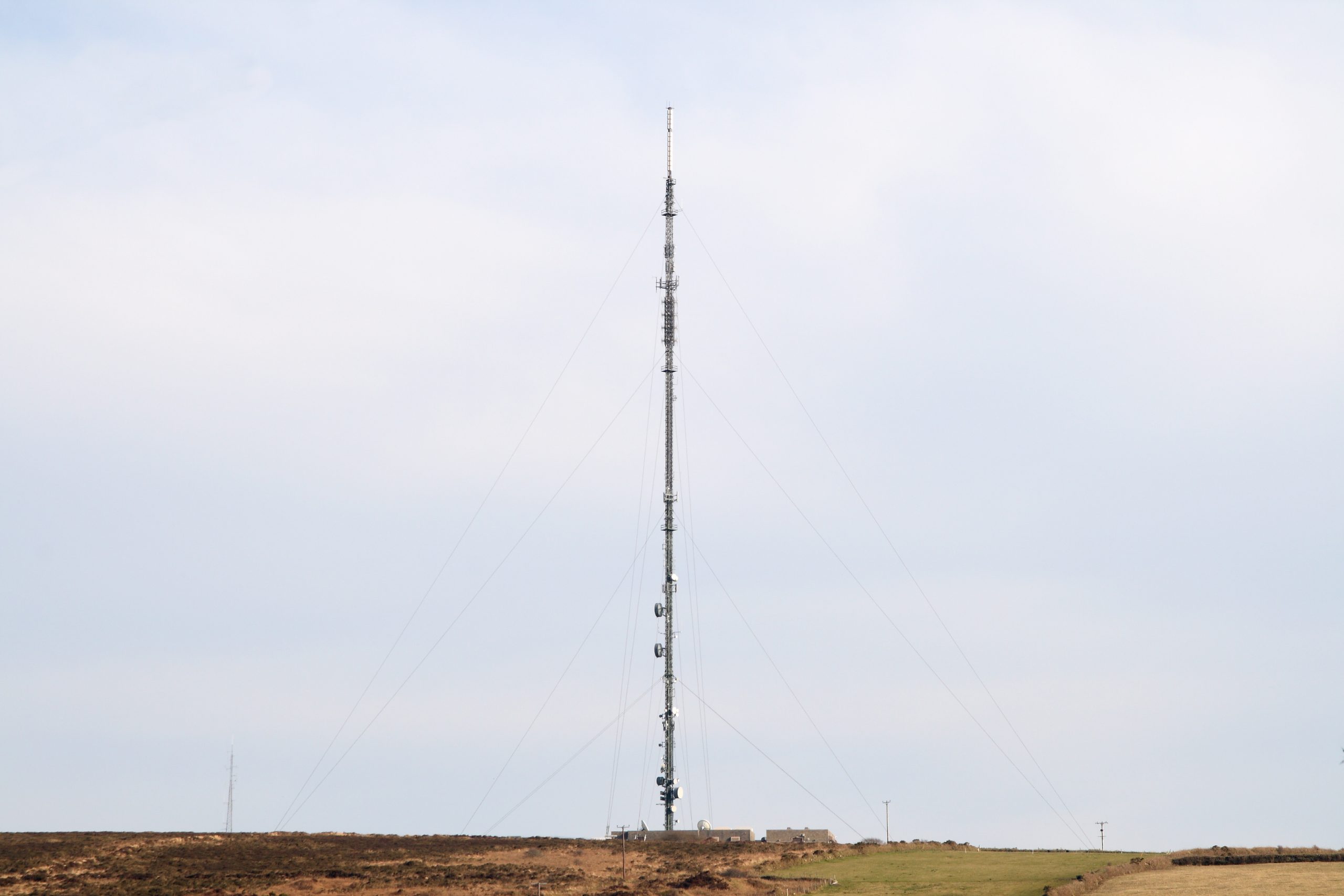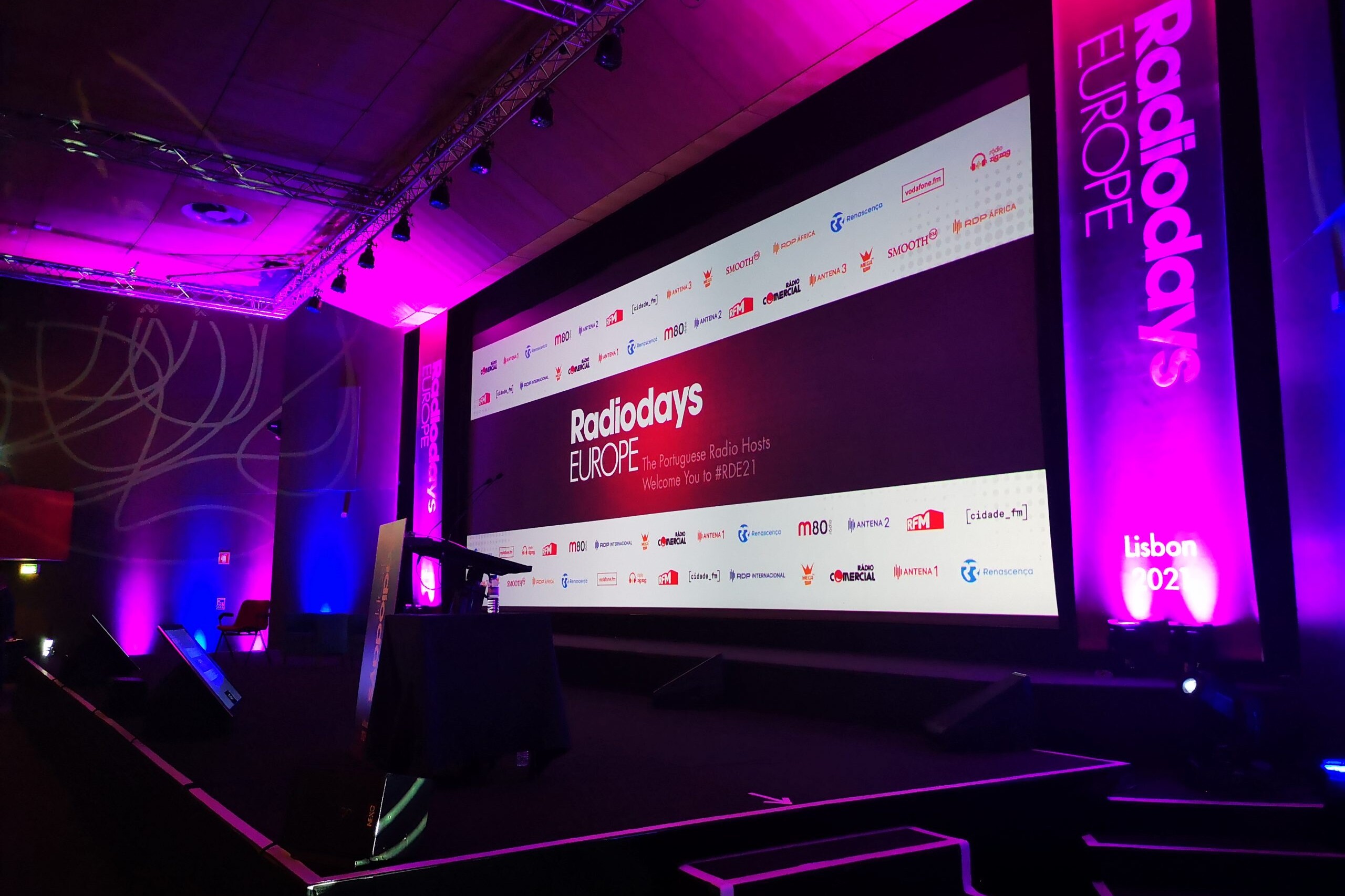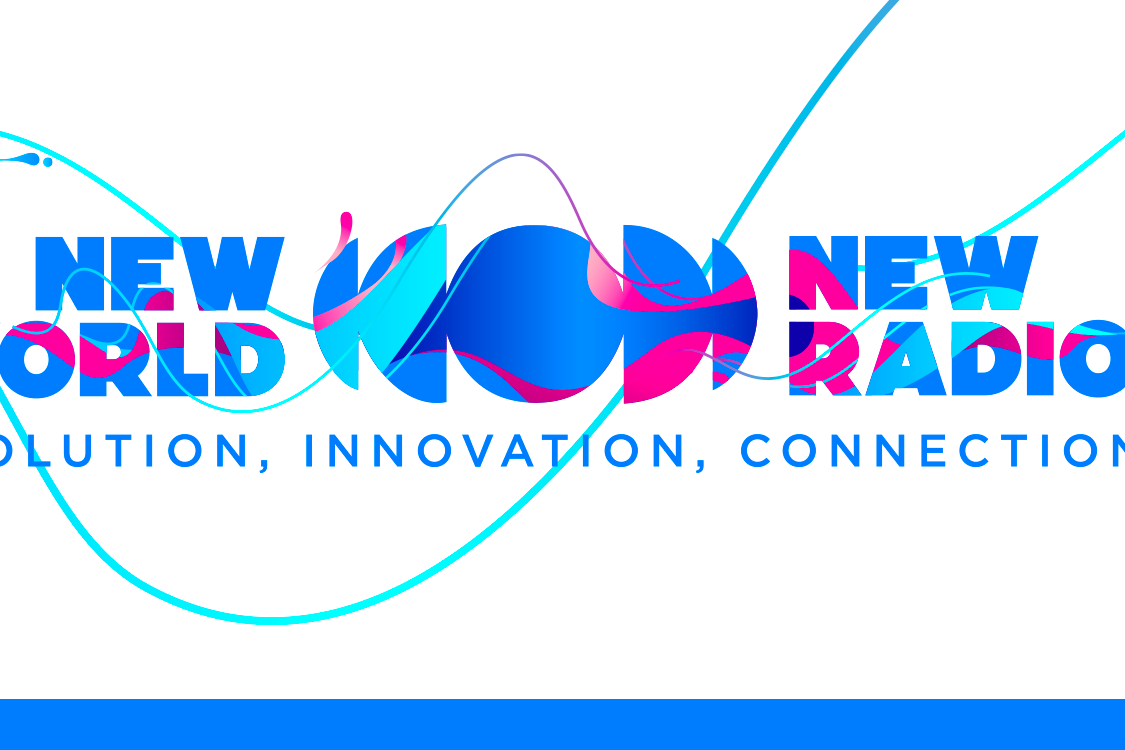The UK Government’s “Digital radio and audio review” is targeted at setting the industry up for the future.
89 percent of the UK population tunes into radio every week, according to the latest RAJAR figures released at the end of last month. The BBC maintains the largest listenership within the radio landscape: “34.63 million people tuned in each week for live output across the stations, with a share of 50.9 percent,” a BBC media release pointed out following the results.
The RAJAR survey was the first review of audience listening figures since the pandemic started. It came at a fitting time, as the UK Government began to consider its response to the “Digital radio and audio review”. The review, published a few days earlier on 21 October, assessed the direction of travel for the radio sector, and how the industry will need to adapt to keep up to date with current and changing listening habits.
Find out more: Radio Joint Audio Research (RAJAR)
One of the main assessments of the review is “Radio’s future must be both digital and multiplatform.” This means not just maintaining advances in DAB digital radio, but also considering the rising market of smart speakers, which accounts for six percent of all audio consumption. But that brings with it an added complexity: “As radio – for the first time in its 100 years – becomes partially reliant on non-broadcast infrastructure, it will also be vital that its free-to-air route to market is guaranteed for the long-term,” the review notes. The other pressure on broadcasters is the shift towards on-demand audio services, which was a key feature of the recent Radiodays Europe conference in Lisbon.

The UK radio landscape is not alone in having to adapt to new ways of listening. Recent figures put together by Mediametrie in France, showed that 8.3 million people – or 15.1 percent of the population over 13-years-old – listen to radio on digital media every day, predominantly via their phones.
For public service media, it is imperative they keep up with trends to remain relevant and competitive, especially in such a saturated and innovative radio market. The inception of the BBC Sounds app, BBC radio’s presence on smart speakers, and the BBC’s use of podcasts shows the broadcaster is cognisant of the way listening habits and methods are changing.
But while there is a turn towards the future, this must not be at the expense of others. The RAJAR figures showed analogue radio (AM/FM) is still responsible for more than a third of radio listening, while digital radio makes up the remaining two thirds. Live radio is still relevant, and the review concludes that it “will still account for over 50% of UK audio listening in the mid-2030s.” Ultimately, a switch-off of AM and FM networks is inevitable, and necessary from a cost-perspective. But it must not be done at a pace which leaves many who listen to analogue radio stranded. “[W]hile an eventual switch-off of AM and FM networks will help to reduce the long-term costs of dual networks, the transition needs to work for all listeners in all parts of the UK,” the review notes. AM, which only accounts for 3 percent of radio listenership, is recommended to close sooner rather than later, while it is advised FM should remain part of the landscape past 2030.
It is worth assessing the experience of Norway, where in 2017, national radio broadcasts on FM were ended, although continued for local stations. There was controversy surrounding the transition before it even happened: Digitalradio Norge (DRN) found less than half of motorists could use DAB in their cars.
Six months later, Radioworld approached two industry experts to gauge a sense of whether it had been successful. In the eyes of Ole Jørgen Torvmark, the head of DRN, it “led to a much greater and more equal radio offering in the whole country. … The public broadcaster, NRK, covers 99.7 percent of the population and commercial radio stations have 93 percent coverage.” But Svein Larsen, the CEO of Radio Metro – a commercial radio station based in Oslo – had a different perspective. “It is basically only the national players who have been positive to DAB and they have been planning for it [over] many years. … The problem is also that it is only two commercial players that own all the capacity on the major block. No one else has been invited. This is a scandal and will be followed up. The polls show that the majority of the people are not satisfied.”
Other countries are making similar moves. In Switzerland, the public broadcaster SRF will end its FM transmission next year. But DAB has been less successful in Ireland. RTÉ was the only broadcaster to use it and only 0.5 percent of Irish people listened to radio using it. As a result, the public broadcaster has gone the other way, and reverted back to using FM.
For broadcasters looking to adapt to reach audiences, moves towards new technologies should be embraced, provided that is the way the audience is going. It should not be blindly pursued however, especially if it leaves many listeners behind. While the UK appears to be heading towards a more on-demand and digitalised radio landscape, broadcasters must remember the audiences left behind. And when it comes to a long-term strategy for radio, there must be a flexibility in how newer technologies and new listening habits are taken up by audiences in the years to come.
Header Image:Modern, DAB and digital streaming radio seen located in a kitchen. Credit: Nick Beer / Shutterstock.com
Related Posts
18th October 2021
Radiodays Europe 2021: Public media’s latest innovations
How are public media redefining their…

